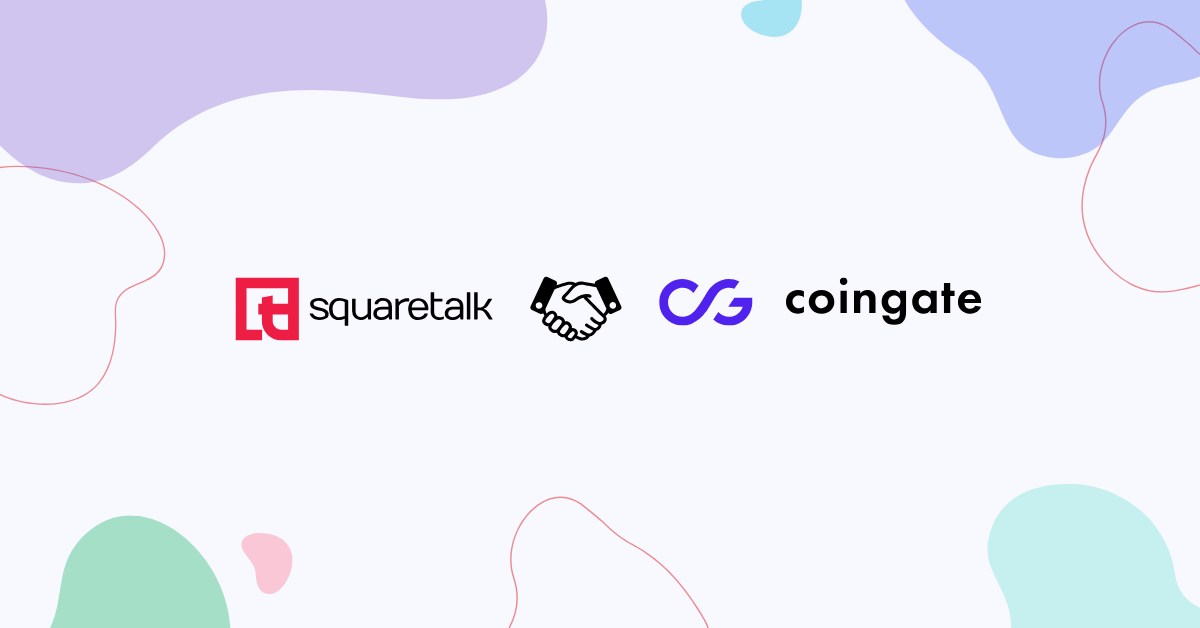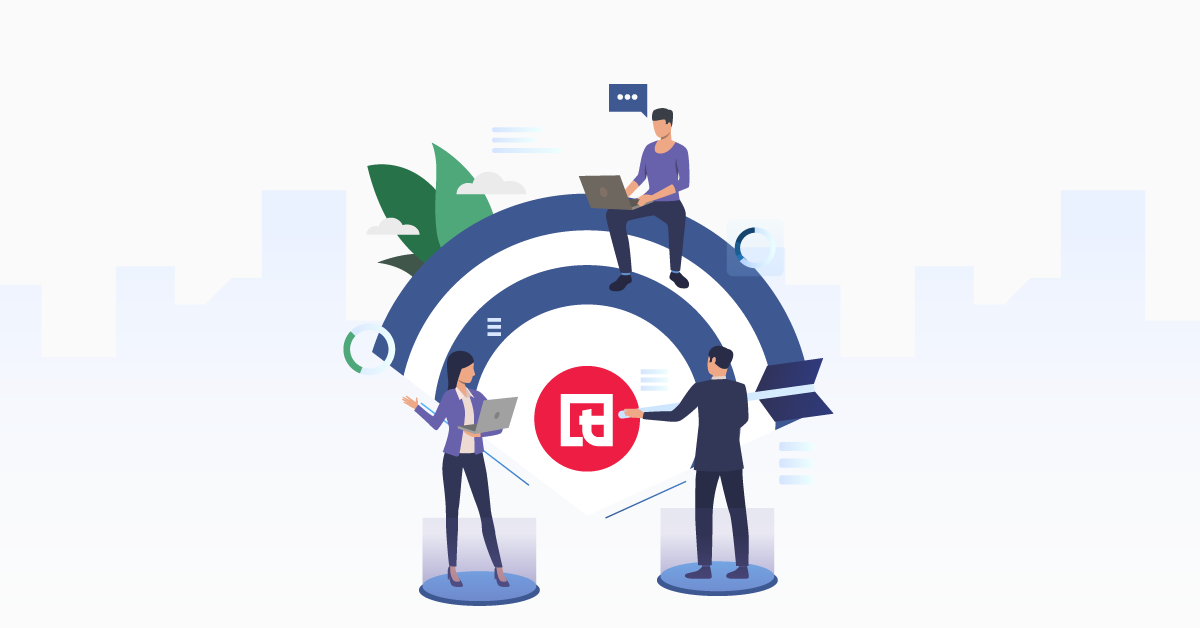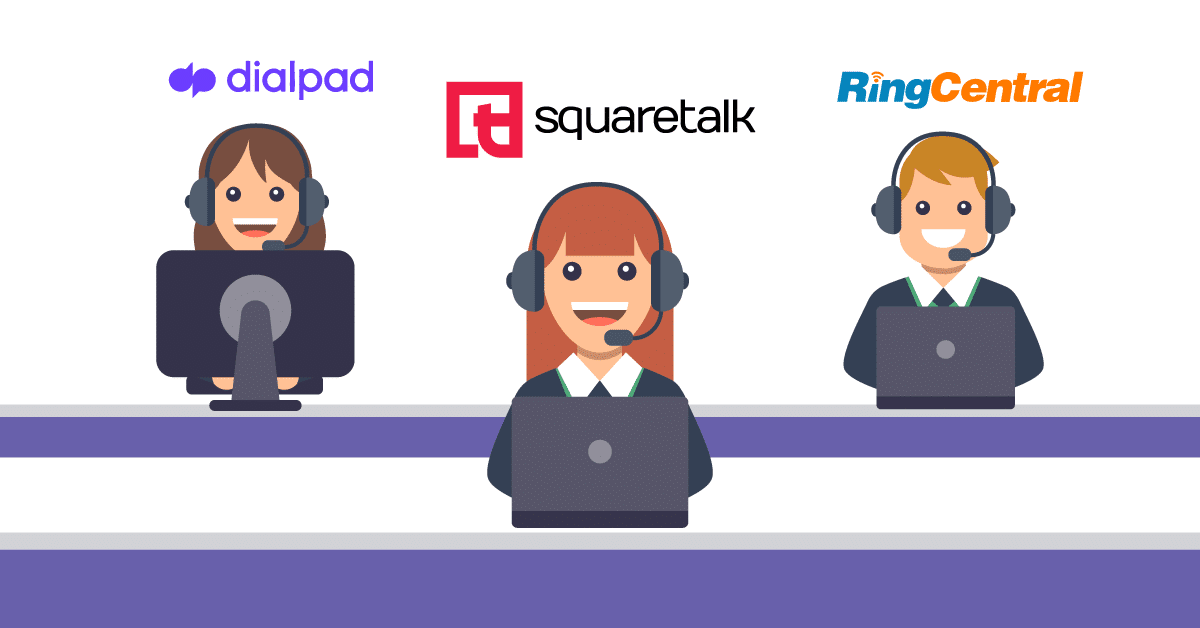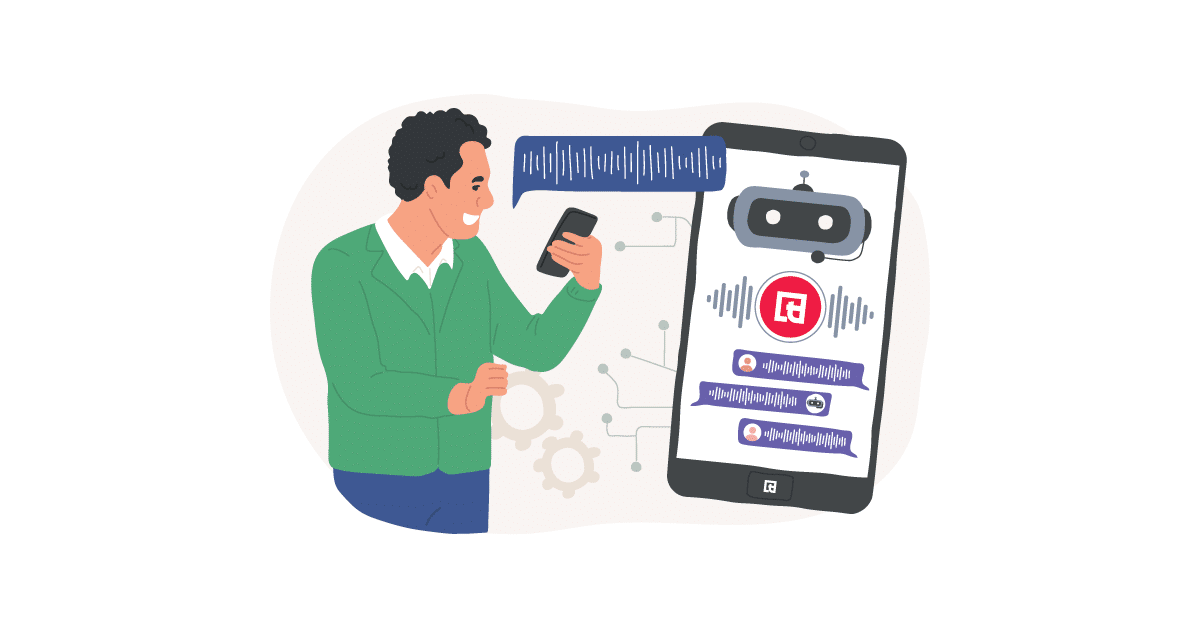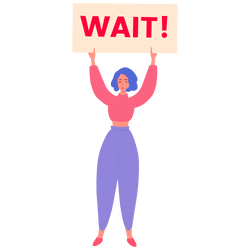What is queue callback?
Queue callback (QCB) is a customer service call center technique that lets a customer know that the person they are waiting for is about to be available. It’s a way of letting them know how long they will have to wait and it can help reduce the number of abandoned calls.
Queue callbacks are an efficient way for contact centers to reduce abandoned calls and increase customer satisfaction.
After integrating the queue callback function into the contact center’s computer telephony network, customers’ incoming traffic is queued until an agent becomes available to respond. Instead of waiting in a queue, the IVR might provide customers with the opportunity to seek a callback. An automated callback can also say something like, “Click the star button on your keypad to get a callback.” When a caller requests a callback, an alert is generated, and the caller is placed in the callback queue. When an agent is available, they tap the notification to contact the customer back.
Callback queues – a simple way to cut your customer’s contact wait time
There are numerous benefits to having a callback queue. The automatic callback provides clients with the option of getting a call later rather than waiting in line. Businesses that use this feature often improve customer satisfaction and decrease desertion rates.
This function also saves call centers revenue on-call rates since they don’t have to spend every minute the customer waits in a queue. There are no costs associated with the virtual hold of a queue callback.
The queue callback function also improves a contact center’s call response rate by allowing employees to concentrate on their present engagements rather than worrying about callers waiting.

Best practices for deploying queue callback
Establishing the right circumstances that must trigger the QCB offer to callers is both an art and a science. QCB’s purpose is to provide callers with an alternate experience that respects their time and avoids the need to remain in line (creating dissatisfaction) or discontinue their call.
Establish QCB thresholds
The three levels that decide whether callers will get QCB should be focused on giving the best caller experience possible. You should provide QCB during high call volume periods, staffing gaps, and/or times when customers are waiting for the longest to contact an agent. As long as the customer perceives value, there are few disadvantages to providing QCB “too early.” The single exception is that QCB operates based on your licensing capacity and will not provide a callback if your business has already hit its maximum available callback threshold until at least one of those callbacks gets an agent.
Creating informed callers: visible vs invisible queues
It is recommended that QCB should be configured to generate a “visible” queue and notify each caller so that they can choose whether to wait in the line, get a callback, or hang up because the wait is “too much.” The EWT (Expected Wait Time), NCQ (Numbers of Calls in Queue), or LWC (Longest Waiting Time) of the caller might be announced by each QCB threshold. When given this information, the caller can decide whether or not a callback is appropriate for them.
When QCB is not set to alert the caller why they are being given a callback, the queue becomes “invisible.” Generally, an invisible queue is less appealing to a customer who has heavy expectations for the significance of their call and will soon feel dissatisfied while waiting. The customer’s expectations may be correctly defined with a visible queue. When a caller is placed in an invisible queue, they set their own expectations for how fast their request will be answered, which may rapidly lead to irritation.
Working with the QCB
If you would like to offer the callback option to your callers when more than three callers are waiting in queue and want to let them know about the current range of calls waiting in the queue, you can do that. When there are excessive calls waiting, you can simply present the callback option without specifying their place in the queue so that people don’t get frustrated with waiting any longer.
To recall or not to recall
When a customer opts into QCB, there will be times when they do not receive the callback. Your company has the authority to determine how to address the problem. QCB may be set up to make “Recall” efforts, in which the system creates an outbound call to the same customer after a certain amount of time has passed.
Consider scenario:
When a customer does not press a key on their phone to receive the callback, the computer does not play the sound that indicates the caller has accepted the callback to the agent. On the other hand, the network instantly links the agent to the customer’s outbound call. As a result, the agent might hear the ringing of the outgoing call and the customer’s voicemail message.
At this stage, the agent may be told to either: 1) hang up and allow the system to contact the customer again depending on the Recall configurations; or 2) leave a short message for the caller informing them that this is their requested callback and that they should try calling the company again.
You can turn on “Recall,” which will let you send calls back into the queue so they can be attempted again at a later time. You may specify the number of recall attempts and the interval at which they are performed.
Callback in action
If you want to set up QCB to make three outbound callback attempts to the caller and to wait ten minutes before putting another “placeholder” call in the queue on behalf of that client, the following parameters would be used.
Retry Attempts: 3
Interval: 10 minutes
- The customer verifies their phone number and hangs up after opting in for a Callback.
- An agent receives that Customer’s Callback, the caller does not press a digit to accept the callback, and the agent hears the customer’s voice message.
- Agents hang up, whereas the system is set up to try recalls.
- A second call is put in for that same customer after about 10 minutes.
- An agent receives the 2nd Callback call and is informed that this is the first recall attempt. The caller does not press any buttons to accept the callback. Thus, the agent hears the customer’s voicemail.
- Agents once again hang up the phone.
- The system adds a third call to the queue on behalf of the same consumer after 10 minutes.
- The third Callback attempt reaches an agent, who is informed that this is the second recall effort. If the customer does not press any keys to accept the callback, thus the agent gets the customer’s voice.
- The agent leaves a message informing the consumer that we attempted to contact them three times and that they should call us again to talk with a representative.
- The QCB procedure has been completed.
Callback – make customer journeys more successful
We understand that using callbacks results in a more positive customer experience. Additionally, we know that the callback isn’t the only thing that makes it work. It’s all about the Omnichannel strategy, agent ease of use, and engaging customers where they are.
Even if a phone call is a final objective, moving the consumer from one experience to the next is a critical crossroad that must be supported by a smooth transition to maintain customer loyalty and satisfy changing expectations.
FAQ
What is a queue callback in a contact center?
Queue callback lets customers skip holding by requesting a return call when they reach the front of the queue or for a specific time that is suitable for them.. The system keeps their place in line, then calls them back automatically once an agent is available.
How does queue callback improve customer satisfaction?
It removes the frustration of waiting on hold. Customers appreciate not being stuck listening to hold music, and they feel their time is valued. This usually leads to a more positive experience when they finally speak to an agent.
What are the cost benefits of implementing queue callback for contact centers?
You spend less on phone line costs (because customers aren’t waiting on hold). It also reduces abandoned calls, potentially recovering otherwise lost opportunities. By smoothing out call spikes, queue callbacks can improve agent productivity and lower operational costs overall.
When should a contact center offer queue callback to callers?
Whenever wait times become long or the queue grows beyond a certain threshold. Many centers automatically offer a callback option once estimated wait times exceed a few minutes or during known busy periods (like lunch or seasonal surges).
Are there any disadvantages to offering queue callbacks too early?
If you offer it at times when the wait isn’t actually long, it might cause unnecessary callbacks or agent idle time. However, the drawbacks are minimal as long as you can handle all the callback requests promptly. The main key is transparency—inform callers roughly when they can expect a return call.


